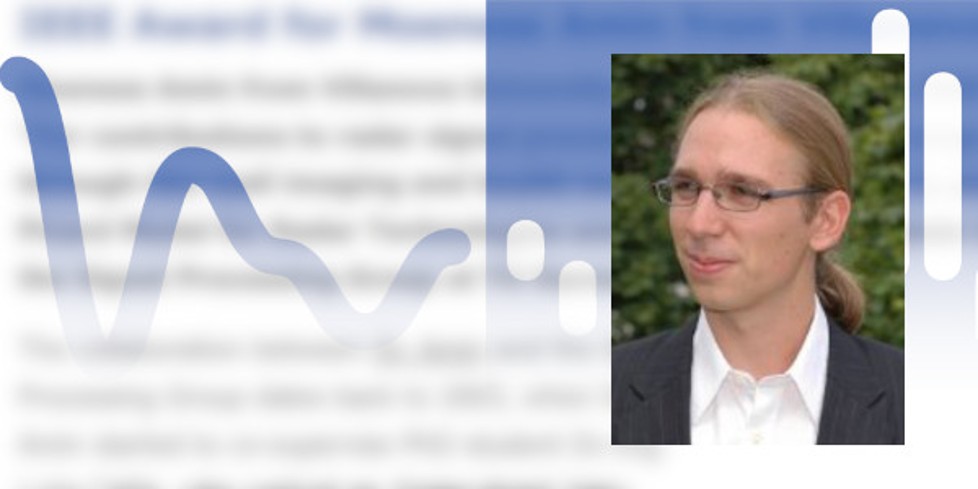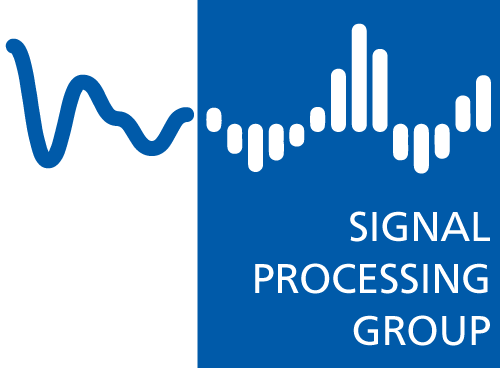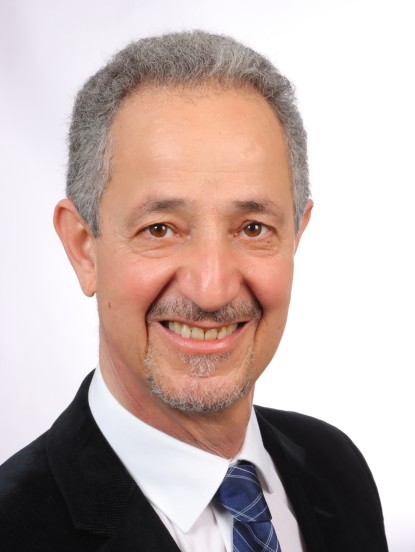Michael Leigsnering, Fauzia Ahmad, Moeness Amin, and Abdelhak Zoubir receive the 2014 M. Barry Carlton Award
Paper was judged to be the best paper in IEEE Transactions on Aerospace and Electronic Systems in 2014
2018/10/15
The paper by Michael Leigsnering, Fauzia Ahmad, Moeness Amin, and Abdelhak Zoubir entitled “Multipath Exploitation in Through-the-Wall Radar Imaging Using Sparse Reconstruction” appeared in the April 2014 Issue of IEEE Transactions on Aerospace and Electronic Systems.

Michael Leigsnering is a former SPG member and received his PhD in 2015. His research work on through-the-wall radar imaging resulted from the ongoing cooperation with the Center for Advanced Communcations, Villanova University, PA, USA.
The M. Barry Carlton award is of the IEEE's oldest awards and is awarded to outstanding papers in the IEEE Transactions on Aerospace and Electronic Systems.
Congratulations to all authors!
Abstract of the paper:
Multipath exploitation and compressive sensing (CS) have both been applied independently to through-the-wall radar imaging (TWRI). Fast and efficient data acquisition is desired in scenarios where multipath effects cannot be neglected. Hence, we combine the two methods to achieve good image reconstruction in multipath environments from few spatial and frequency measurements. Ghost targets appear in the scene primarily due to specular reflections from interior walls and multiple reflections within the front wall. Assuming knowledge of the room geometry, we can invert the multipath model and eliminate ghosts by means of CS. We develop effective methods for the reconstruction of stationary scenes, which employ a group sparse CS approach. Additionally, we separate the target and wall contributions to the image by a sparse reconstruction approach joining wall and target models, which allows suppression of the ghosts and increased signal-to-clutter ratio (SCR) at the target locations. Effectiveness of the proposed approach is demonstrated using both simulated and real data.


